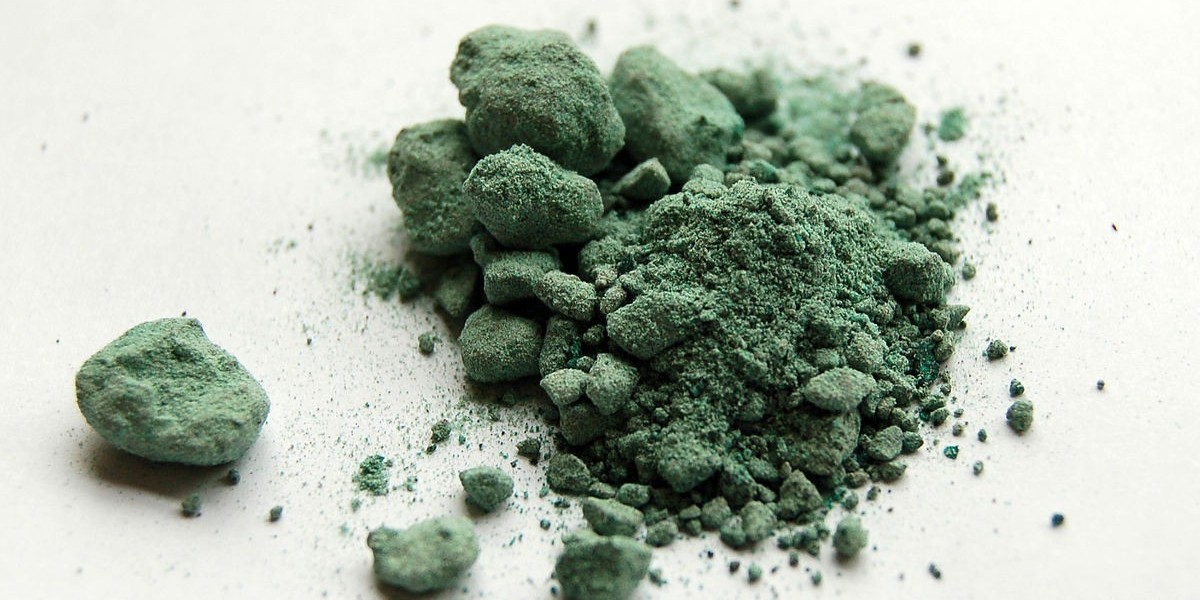CuBr is insoluble in water and most solvents, but soluble in hydrochloric acid, hydrobromic acid and ammonia. It can be oxidized to Cu2+ by oxidants or reduced to copper by reducing agents such as ferrous sulfate. At room temperature, it is sphalerite structure, and copper is tetrahedron coordinated with four bromine structures. When heated, it successively changes into wurtzite and sodium chloride structures.
CuBr can form admixtures with soft Lewis bases, such as the colorless CuBr(S(CH3)2) formed when reacting with dimethyl sulfide. The complex is a raw material for preparing other organocupric compounds. Copper has a dicoordinated linear structure.
CuBr+ S(CH3)2→CuBr(S(CH3)2)
CuBr is a brominating agent in the Sandmeyer reaction for the conversion of aromatic diazo salts to bromides: ArN2+CuBr→ArBr+N2+Cu+
Applications: CuBr crystals are good ionic conductors with very low local electron conductivity and broadband gap semiconductors with unusual photoluminescence properties. It has three phases, all of which are good Cu+ conductors, and has a Y- phase with sphalerite structure below 385℃. P-phase with wurtzite structure at 385 ~ 469℃; The α- phase has a face-centered cubic structure at 469 ~ 488°C (melting point), and the Cu+ ions have an irregular distribution CuBr.
A method for electrochemical preparation of a high-oriented CuBr semiconductor film is characterized in that it comprises the following steps:
1) Wash ITO conductive glass or stainless steel with acetone for 2 to 3 times, then put ITO conductive glass or stainless steel in ultrasonic cleaner with deionized water for 10 to 30 minutes, and then put ITO conductive glass or stainless steel in 10% nitric acid solution for 10 to 30 seconds, and finally clean with deionized water;
2)0.05 ~ 2mol/L copper bromide solution, with 2mol/L HBr or 0.1mol/L NaOH solution to adjust the pH value of 1 ~ 5.0, to obtain the electrolyte;
3)ITO conductive glass or stainless steel as the working electrode, platinum electrode as the counter electrode, calomel electrode as the reference electrode are put into the electrolyte together for electrodeposition. Compared with saturated calomel electrode, the electrodeposition cathode potential is 0.05V ~ -0.4V, the deposition electricity is 0.01 ~ 10 coulombs, and the deposition temperature is 25 ~ 80℃.








